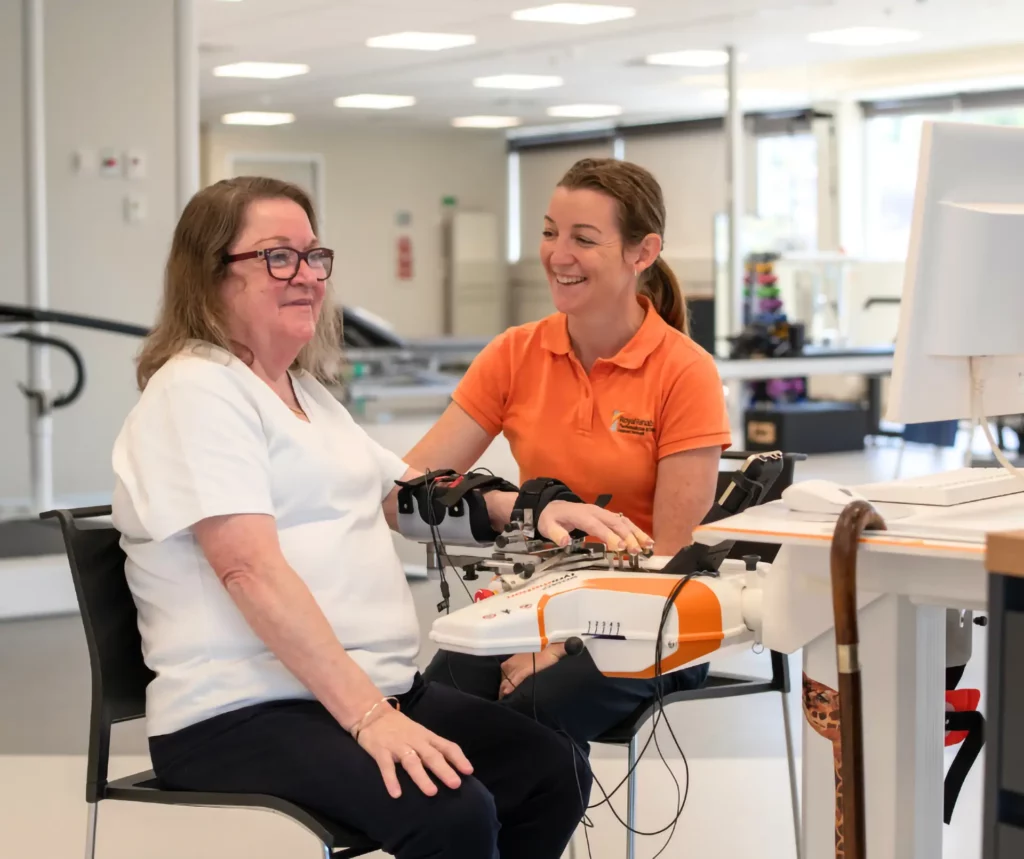Every stroke journey is unique, influenced by the nature of the brain injury, the abilities impacted, and your personal goals. That’s why your rehabilitation should be just as individual.
At Royal Rehab LifeWorks, we combine expert therapy with cutting-edge technology to deliver highly personalised stroke rehabilitation. Our goal is to support your recovery by helping you relearn skills, regain confidence, and achieve meaningful independence. With a focus on outcomes that matter to you, we’re here to help you move forward with clarity, capability, and care.
We provide stroke rehabilitation at three Sydney locations, including Ryde, Petersham and Penrith.




